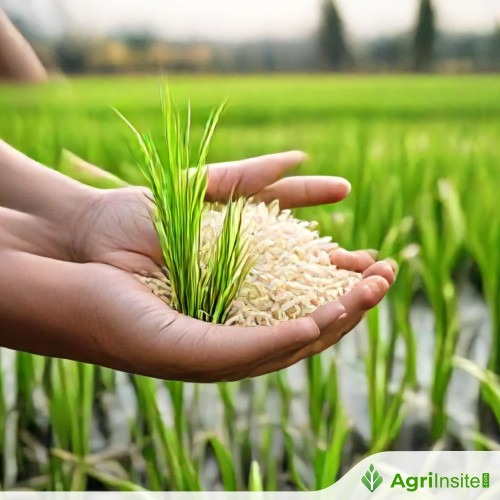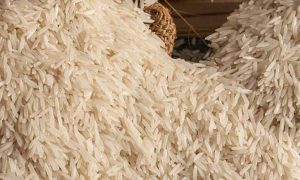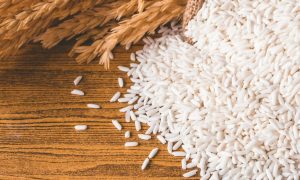Andhra Pradesh : FCI launches awareness campaign to educate public about fortified rice

The Food Corporation of India (FCI) launched an awareness campaign in Kakinada to educate the public about fortified rice, addressing misconceptions that it contains plastic. The fortified rice, enriched with nutrients like vitamins and iron, is blended with regular rice in a 1:100 ratio. FCI officials are working to dispel myths and promote its benefits in tackling malnutrition.
KAKINADA : The Food Corporation of India (FCI) on Monday has launched an awareness campaign in Kakinada district to educate the public about fortified rice and address misconceptions surrounding it.
Concerns have arisen among certain sections of the population who mistakenly believe that the fortified rice distributed through the Public Distribution System (PDS) contains plastic. As a result, some individuals have been removing the fortified kernels during the rice-cleaning process before cooking.
To combat these misconceptions, FCI Divisional Manager A Reddi Sekhar has spearheaded awareness initiatives in collaboration with Kakinada Depot Managers SM Altaf Hussain, MVLS Mutyala Rao, Tabinu Tigga, and other FCI staff members.
As part of the awareness campaign, FCI officials educate students in government schools about the process of enriching PDS rice with essential nutrients such as Vitamin A, D3, B12, iron, folic acid, iodine, and calcium. The fortified rice kernels (FRKs) are manufactured using broken rice flour with 11–12% moisture content, mixed with vitamins and minerals in their chemical state. These nutrients are combined with potable water to form a dough, which is then shaped into rice-like kernels through an extrusion process involving heat and pressure.
The fortified rice kernels are blended with regular PDS rice in a 1:100 ratio. The extrusion process ensures the nutrients remain stable and effective, even after cooking methods like boiling or steaming.
Production process of fortified rice
The process begins by combining rice flour with a nutrient premix and optional binders. Water is added to form a consistent dough, which is passed through an extruder to create rice-like grains. The extruded kernels are then dried using hot air to achieve a moisture content similar to regular rice (12–14%) to ensure a long shelf life.
International organisations such as World Health Organisation (WHO) and United Nations International Children’s Emergency Fund (UNICEF) endorse the safety and benefits of fortified rice, which is designed to combat “hidden hunger” caused by micronutrient deficiencies. Fortified rice promotes overall health, including for individuals with adequate nutrition, by enhancing dietary intake.
Underscoring the need for wide usage to tackle malnourishment, governments have subsidised fortified rice and initiated distribution through PDS and school meal programmes such as Mid-Day Meal initiatives.
Fortified rice ensures accessibility to vulnerable populations. Through their awareness efforts, FCI aims to dispel myths and promote the consumption of fortified rice as a safe and nutritious solution for public health.
To read more about Rice News continue reading Agriinsite.com
Source Link : The New Indian Express
















